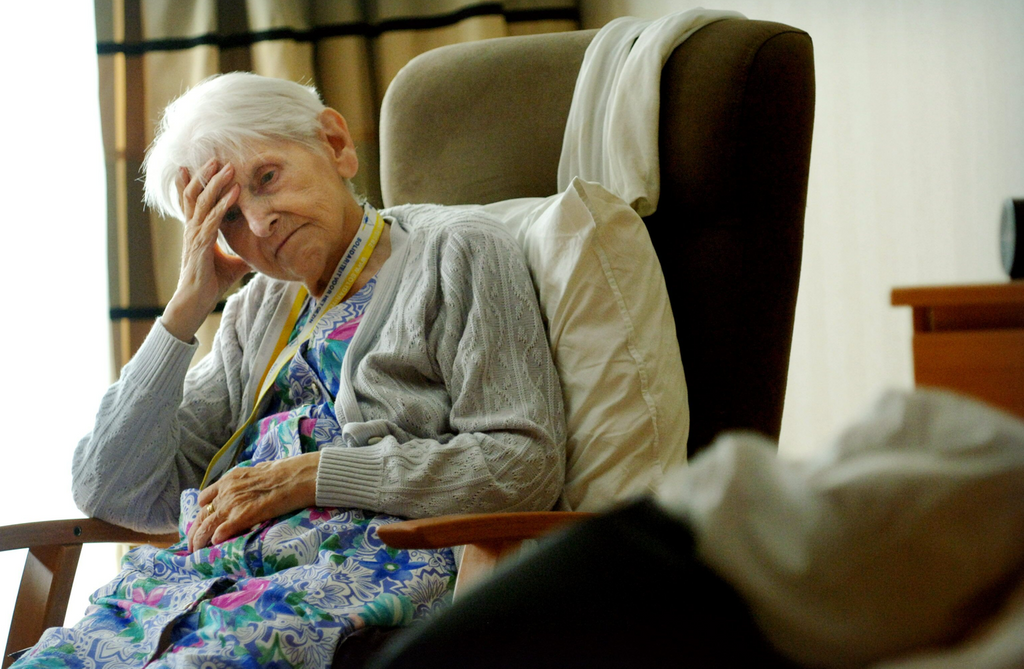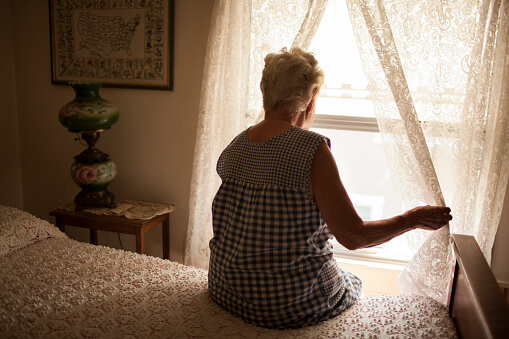As our loved ones age, ensuring their safety becomes a priority. One way to enhance their security is by using fall detection devices. With the right fall detection technology, families can have peace of mind knowing that their senior family members are safer. Understanding how seniors can test fall detection devices is crucial to ensuring these devices work effectively when needed.

Understanding Fall Detection Devices
Fall detection devices are designed to automatically detect falls and alert caregivers or emergency services. They come in various forms, including wearable technology, sensors, and mobile apps. Testing these devices ensures they function correctly and provide the necessary protection.
Types of Fall Detection Devices
- Wearable devices like smartwatches
- Home-based sensors
- Mobile applications
Each type has its own advantages and ways to test effectiveness. For instance, wearable devices like smartwatches are popular among seniors for their ease of use and functionality.
Why Testing is Important
Testing fall detection devices is essential to confirm that they accurately detect falls and alert the necessary parties. Regular testing helps identify any issues before an emergency occurs, ensuring the reliability of the device.
Steps to Test Fall Detection Devices
Testing fall detection devices involves several steps:
- Read the user manual thoroughly.
- Set up the device according to instructions.
- Perform controlled fall tests to ensure the device detects falls accurately.
- Check alert systems by contacting the designated recipient of alerts.
- Consult with professionals if any issues arise during testing.
Creating a Safe Testing Environment
When testing fall detection devices, ensure a safe environment to prevent injuries. Use a soft surface or mats and have someone assist during the testing process.
Role of Family Caregivers
Family caregivers play a vital role in testing and maintaining fall detection devices. They should regularly check for updates and perform periodic tests to ensure the devices function properly. Caregivers can learn more about smart elderly care solutions to enhance their loved ones’ safety.
Common Challenges in Testing
Seniors and caregivers might face challenges such as technical difficulties and device sensitivity. Addressing these challenges requires patience and sometimes professional assistance.
Solutions to Common Challenges
- Seek technical support from manufacturers.
- Adjust device sensitivity settings.
- Regularly update device software.
Comparing Different Devices
It’s important to compare different fall detection devices to find the best fit for your needs. Consider factors such as ease of use, accuracy, and customer support when making a decision.
Relying on Expert Reviews
Reading expert reviews and consumer feedback can provide valuable insights into the effectiveness of various devices. For comprehensive insights, visit trusted sources like RACGP.
Integrating Fall Detection with Other Technologies
Combining fall detection devices with other technologies, such as home security systems and personal health monitors, can offer a comprehensive safety net for seniors. Learn more about integrating IoT sensors for daily life.
Benefits of Integration
- Enhanced safety and monitoring
- Improved response times
- Greater peace of mind for families

The Future of Fall Detection Technology
As technology advances, fall detection devices are becoming more accurate and user-friendly. Future innovations promise even better protection for seniors. Stay informed about the latest in fall detection without cameras.
FAQs
1. How often should fall detection devices be tested? Devices should be tested at least once a month to ensure they are functioning correctly.
2. Can fall detection devices prevent falls? While they cannot prevent falls, they can alert caregivers or emergency services quickly, reducing the risk of further injury.
3. Are fall detection devices covered by insurance? Coverage varies, so it’s important to check with the insurance provider to see if devices are included under the policy.
In conclusion, understanding how seniors can test fall detection devices is crucial for ensuring the safety and well-being of elderly family members. By regularly testing and updating these devices, caregivers can provide a secure environment for seniors.
This article contains affiliate links. We may earn a commission at no extra cost to you.






